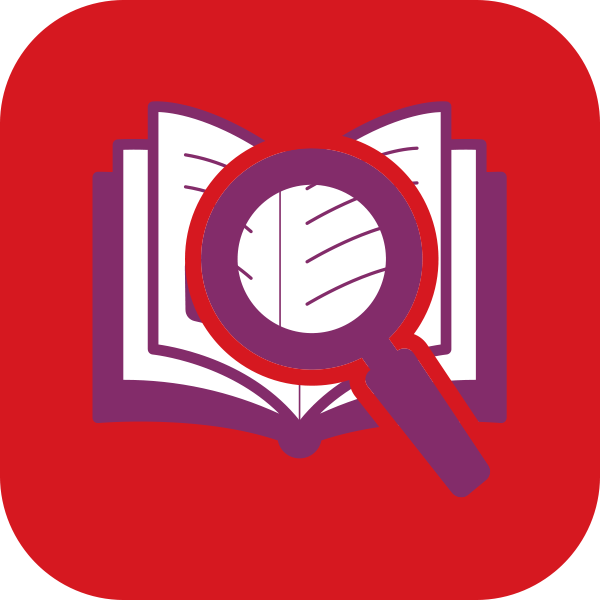As schools prepare for the challenge of reopening post-lockdown, when should they assess their students, what should they assess first and how can they do it safely? Ian Mooney explains how his academy in Liverpool is planning for assessment in the age of Covid.
Making the right choices
Never before have schools in the UK faced the prospect of starting a new academic year in the midst of a pandemic. Nor have they had to face welcoming a new cohort of students whose education has been severely disrupted and whose academic and emotional state is, in many cases, unknown.
“Schools need to know as much as they can about their students. This year, in most cases, we will have very little information about our new Year 7s – and what there is will be very haphazard,” says Ian Mooney, Strategic Lead on Assessment at the North Liverpool Academy. “It will be difficult but that is why we all have to make the right choices about what and when we test, depending on the needs and priorities of our schools.”
Ian says the North Liverpool Academy has put a great deal of thought into what they assess, in what order and how to do it responsibly (see box for Ian’s tips on assessing safely). “Fortunately, we tested over 90% of our incoming Year 7s with the Cognitive Abilities Test 4 (CAT4) before lockdown because we run a joint programme with our feeder schools – so we have some data about them before they join us.” But he says the school’s first assessment priority will be to find out about students’ reading and language capabilities.
Step 1: Identifying students who need reading support
“Our first priority will be to do the New Group Reading Test (NGRT) with all of Year 7, which we will start at the end of the first week of the term and aim to have completed by the end of the second week.” Ian will then correlate the NGRT data with CAT4 verbal reasoning scores, which he says tends to be more reliable than Key Stage 2 data, to identify students who might need additional support.
“By looking at the data I will start to isolate the students who I believe have real difficulties with their reading. For us, it’s usually around 70 students in Year 7 - and these are in addition to those with known learning difficulties.” Ian tests them with a vocabulary assessment, the British Picture Vocabulary Scale (BPVS), which is administered on a one-to-one basis: “I have trained 15 members of staff to do the BPVS so we can do it relatively quickly and with social distancing measures in place.”
Ian has some sympathy for teachers who think children shouldn’t be assessed immediately. “It’s a bad idea to test children on the first day of school because it gives them a false impression of education.” He advises letting them settle in for a couple of days and to start with NGRT because it’s straightforward and not intimidating.
Ian says the school is also planning to use NGRT for Year 10 and 12 students, who are just starting their exam courses. “I have a feeling we lose a grade on average with each of our students because they don’t have enough reading and vocabulary skills even at Year 13. Often students know the subject but don’t answer the question because they haven’t understood the nuance in the question, which is why we need to retain our focus on reading across the school.”
Step 2: Obtaining accurate baseline data
Ian says students should be given a bit more time to sit CAT4 if schools weren’t able to collect CAT4 data pre-lockdown.
“CAT4 is really designed to give teachers accurate diagnostic data – so allow the students to do the best they can do and then you can see their strengths and weaknesses. And give them breaks between the different test batteries. It shouldn’t just be about ticking a box and saying, ‘We’ve got it done’.”
Ian advises that if schools didn’t manage to do CAT4 before the start of term to wait a few weeks before assessing students. “The last week of September or first week of October would be a good time to do it. It’s not a good idea to do it too early, when children have just started a new, big school, as it can be quite intimidating. After a few weeks, children are a bit more relaxed – they’re familiar with their surroundings and their classmates and teachers.” That timeframe still allows teachers to get the necessary information for the start of the second half of term.
Step 3: Understanding students’ attitudes
The other assessment the North Liverpool Academy will be conducting in the first half term, in early October, is the Pupil Attitudes to Self and School (PASS) survey. “This year we’re doing it with every year group, not just Year 7,” says Ian. “We wouldn’t normally do that, but because of the disruption in students’ lives, it’s important to find out if and how their attitudes to learning and school have changed during lockdown.”
Step 4: Using data to put a plan into place
Ian says if anything the disruption to children’s lives this year has underscored how vital data is to academic performance and wellbeing, particularly for the most vulnerable.
“If you look at any of the programmes where they’re having any success developing under-achieving students, especially in deprived areas, they are now using the data. Without it, schools don’t know the extent of the problem. You have to have the data to be able to put a plan in place to correct things, otherwise you are giving children the same type of education regardless of their needs.”
Ian’s top tips for assessing safely
- Hold the assessments in as large a space as possible to ensure social distancing
- Ensure the area is well ventilated
- If space is at a premium, try to adapt areas that may be suitable temporarily, like break-out areas
- Ian’s school requires all students, and teachers, to wear a mask – if they don’t have one on them at the school gate, they are provided with one
- Work sensitively with students who may have issues with mask-wearing
- Hand sanitisers are also available throughout the school
- Isolate students in year groups
- Conduct assessments on laptops so the tests are administered where the students are rather than requiring them to go to a computer suite
- Ask students who were given free laptops to bring them in
- If schools have to use a computer suite because there aren’t enough laptops, run assessments over an extended period but try to cut out the variables, so if you’re testing one group at 10am, make sure others are tested at the same time
- Encourage children to use their own headphones – most will have them
- Take away and clean all laptops, headphones and any other shared equipment after use
North Liverpool Academy is one of our Centres of Assessment Excellence


